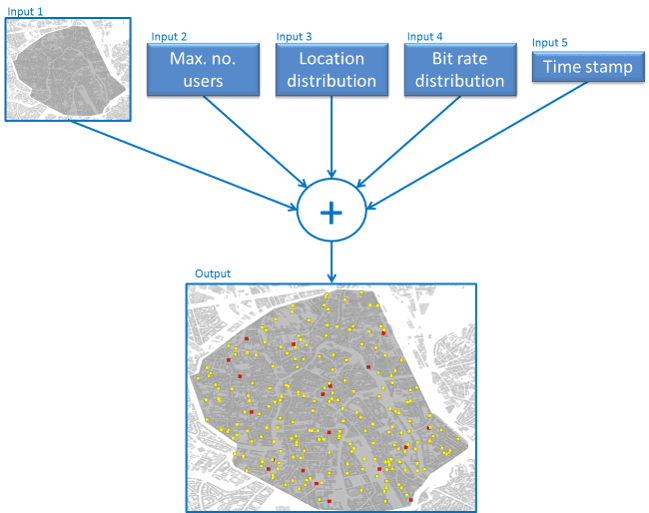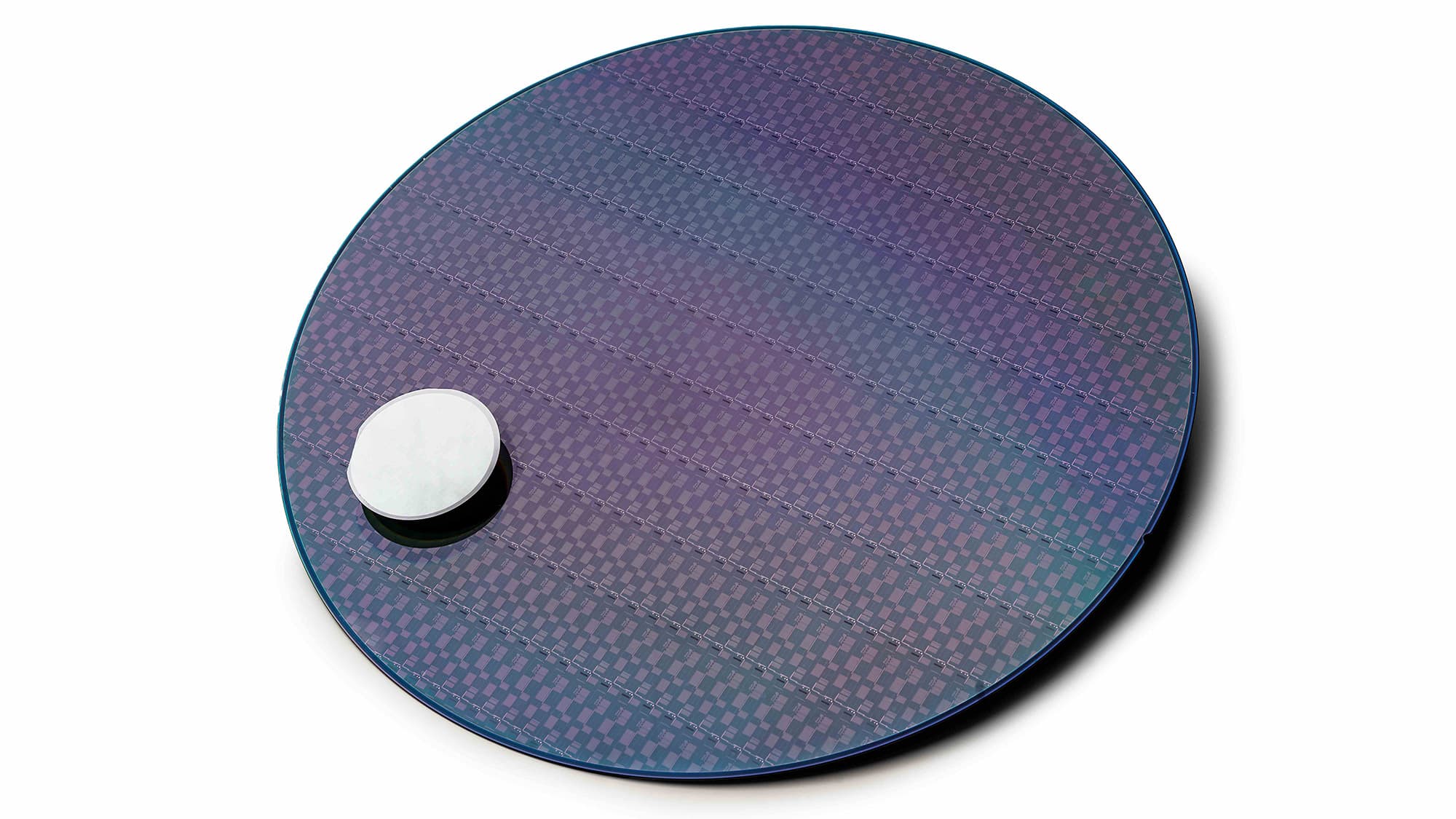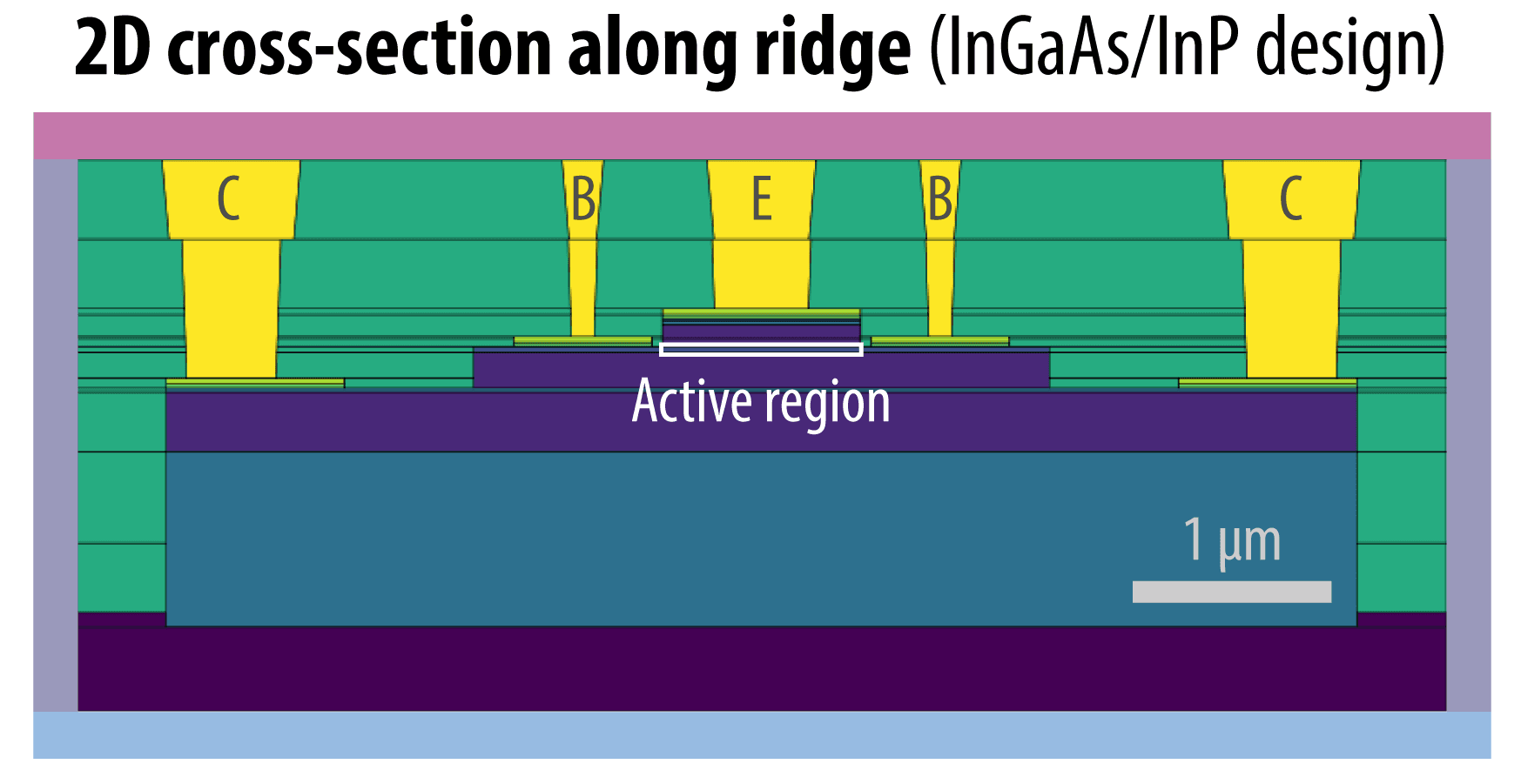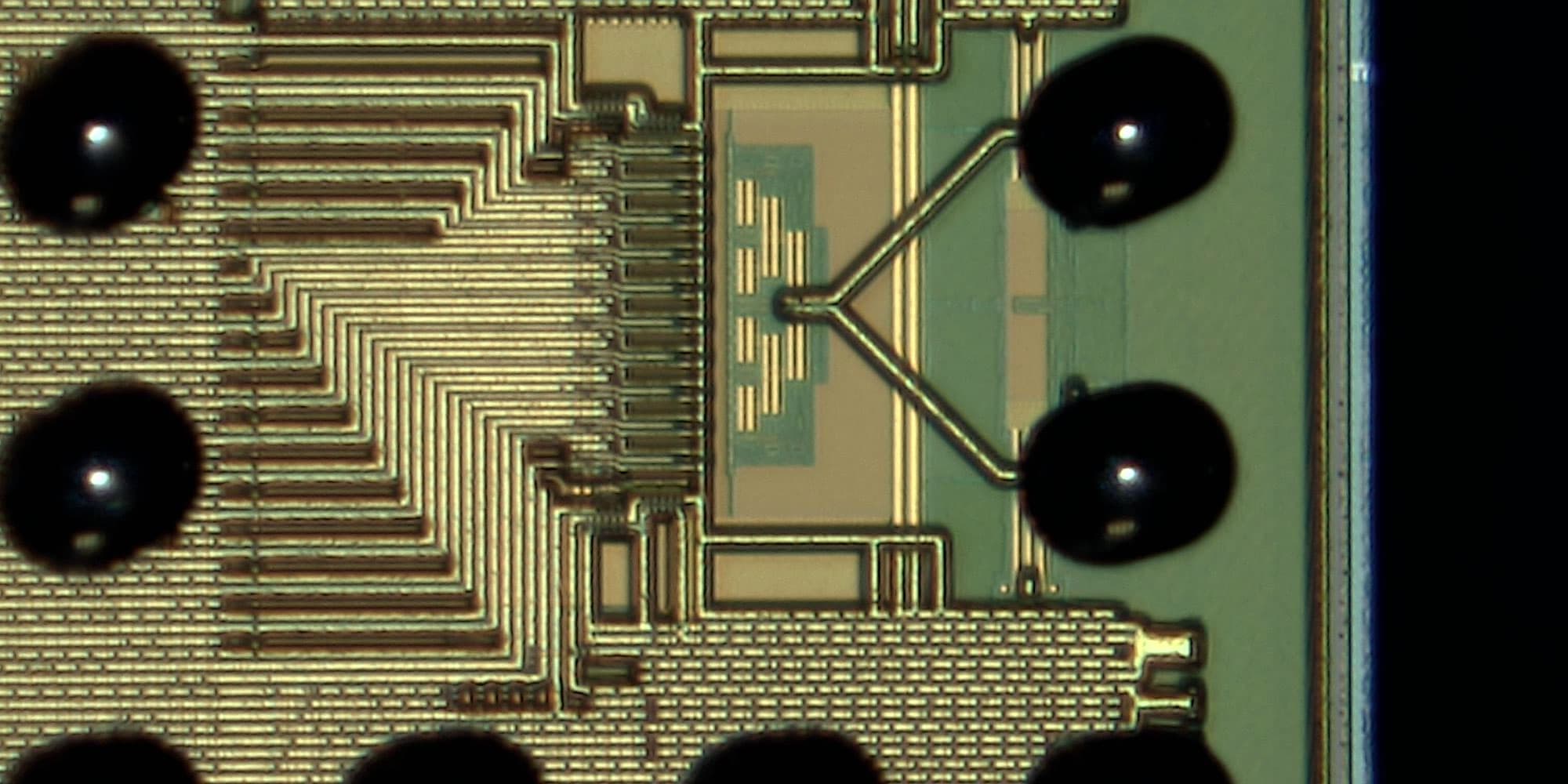Operators’ main challenge: maximizing coverage while limiting cost & EMF radiation
At first glance, designing and deploying a 5G RAN does not seem to differ too much from the roll-out of the previous generations of cellular networks.
“Operators still want to provide as many people as possible with the highest possible throughputs, all while minimizing installation costs and operational expenditures,” says Margot Deruyck. “And last but not least, they need to adhere to local and international electromagnetic field (EMF) radiation regulations.”
“Actually, all of those elements – coverage, cost, and EMF radiation – are closely intertwined. For instance, one could very well maximize network coverage and throughput by deploying larger numbers of antennae and base stations. Yet, such an approach comes at a considerable cost. Increasing base stations’ output power levels could make for an alternative strategy to maximize coverage and throughput, but – then again – is detrimental from an EMF perspective,” she adds.
New technologies and demanding applications make things even more complex
While a constant balance has to be struck between coverage, cost, and EMF radiation, cellular networks’ underlying technologies have become increasingly complex. And that is especially the case since the introduction of 5G: unlike its 2G, 3G, and 4G predecessors, 5G is not comprised of just one technology. Instead, it is a common denominator for a portfolio of technologies – including the 5G New Radio (NR) and Massive MIMO flavors.
Margot Deruyck: “Inevitably, that makes for more complex roll-outs. Moreover, applications themselves have become much more demanding too. Think of video streaming services that require a high throughput and very low latency, or Internet of Things (IoT) solutions that come with a gazillion apps and just as many devices. In combination with users’ expectations of a network that is ‘always-on,’ there is hardly any room for compromise.”
Energy consumption: the odd man out
Contrary to what has been ongoing in many other sectors, a network’s energy consumption has largely remained a less critical design consideration for telcos.
“That is because consumers are first and foremost looking for good coverage and high bandwidths at a competitive price. A network’s energy consumption – or having access to a ‘green network’ – has so far been of secondary importance. Yet, that is bound to change given the urgency of today’s fight against climate change. While vendors of base stations (and their components) have been spending a great deal of attention already at making their designs as energy efficient as possible, the whole energy equation will soon become a key criterion for operators too,” Deruyck points out.
Mobile RAN design: an operator’s best-kept secret
In order to meet all those challenges and requirements, operators need to excel in (radio access) network design. It is a topic, though, they are not so eager to talk about – making it one of their best-kept secrets.
“Throughout our collaborations with operators, we have observed that they primarily rely on radio access network design tools that have been developed in-house. Commercial options exist as well, but we have no idea how popular those actually are,” Deruyck says. “The fact is that operators are very protective of their network design data.”
Obviously, one of the downsides of such a protectionist strategy is that they cannot build on each other’s experiences: they all have to go through the same learning cycle. And when technology updates – such as 5G – are introduced, they have to repeat the same exercise all over.
Years of research culminate into a groundbreaking RAN design tool
Alternatively, operators (and regulators) in need of a helping hand could draw on the expertise from the WAVES researchers at imec and Ghent University. Building on years of research, they have developed a unique mobile RAN design tool that is technology and vendor agnostic.
It is an instrument allowing operators and regulators to calculate where – and how many – mobile base stations should be deployed to provide an optimal quality of service in a given area. It thereby considers settings such as antennas’ output power levels and (local) EMF constraints, as well as base stations’ energy consumption. Margot Deruyck explains how the tool works and its unique features.
“To compile a RAN’s optimal design, first we create a 3D model of its physical environment – including all buildings, the location of an operator’s existing base stations, and some predefined installation criteria such as the minimum height at which antennas can be erected. That input results in a list of potential base station locations. In the next step, virtual users – each with their specific consumption patterns and resulting bandwidth requirements – are unleashed onto that network. Finally, using all those data, our tool intelligently calculates the location and settings (e.g., RF power) of each base station to come to a network that guarantees maximal area and user coverage.”
“What is truly unique about our tool is the fact that it is incredibly multifaceted. Not only can we play with base stations’ location, but we can also dynamically adjust output power levels and limit a RAN’s energy consumption without giving in on coverage. From an EMF perspective, as well, the tool does magic. It allows EMF radiation optimizations in both the uplink and the downlink to comply with local and international emission regulations. It can even be programmed to minimize overall EMF emissions. Those are features that set our tool apart.”
“We support a variety of technology flavors – including 4G, 5G NR, and 5G Massive MIMO. And we are currently investigating how to extend it to mmWave, and how to create a version that mixes and matches all those flavors in a single RAN design,” she says.
A research tool that has already proven its worth for operators and regulators alike
So, are there ways for the telco community to experiment with the tool from the WAVES researchers?

Margot Deruyck: “Our tool has already proven its worth during research projects with multiple operators – helping them assess how the latest RAN technologies could strengthen their offerings, or providing them with valuable insights on the impact of new requirements and future technology.”
“Regulators could also benefit from the resulting insights. They, too, are typically looking for objective facts and figures on the effects of increasing or decreasing base stations’ output power levels, reducing the number of antennas, or the impact of new EMF emission regulations. That is exactly the information we can provide them with,” Deruyck says.
“That being said, given its underlying complexity, the tool is not available for licensing. Despite its advanced functionalities, it remains a research instrument that does not always comply with commercial users’ expectations in terms of how to upload inputs, set parameters, process data, and visualize the outcomes. That is why simulations are always run by our team,” she concludes. “So, when a question comes in, we typically set up a meeting to discuss that partner’s detailed expectations, thereby checking whether our tool is up to the job. One of its main shortcomings, for instance, is geographical reach. It has not been built to design a nationwide RAN. That would simply take too much time because we want to include a high degree of user randomness in our projections, which results in having to run a higher number of simulations. But otherwise, partners that want to see their RAN deployment strategy confirmed – or finetuned – by one of the world’s leading research bodies in the space are more than welcome to reach out to us!”
When looking back at the host of projects they have been involved in so far, the WAVES researchers found that there is ample room for RAN optimizations. For a 4G MIMO-based reference network in an urban city center (the size of downtown Ghent, Belgium), they were able to come up with the following numbers:
- When focusing on EMF exposure optimization, energy consumption increased by 20% while the overall EMF exposure metric decreased by 50%;
- Joint energy/EMF optimization simulations resulted in an energy consumption that was 0.1% higher than the reference scenario, while EMF exposure was about 40% lower.
Note: the reference network consisted of a minimum number of base stations (for minimal energy consumption), and had not been optimized for EMF exposure.
This article has previously been featured at EETimes Asia - https://www.eetasia.com/unique-research-tool-sheds-light-on-one-of-telecom-operators-best-kept-secrets/
Want to know more?
M. Matalatala, M. Deruyck, S. Shikhantsov, E. Tanghe, D. Plets, S. Goudos, K.E. Psannis, L. Martens, W. Joseph, “Multi-Objective Optimization of Massive MIMO 5G Wireless Networks towards Power Consumption, Uplink and Downlink Exposure,” Applied Sciences, Vol. 9, 2019, doi: 10.3390/app9224974.
M. Deruyck, E. Tanghe, D. Plets, L. Martens, W. Joseph, “Optimizing LTE wireless access networks towards power consumption and electromagnetic exposure of human beings, “Computer Networks, Vol. 95, 2016, pp. 29-40.

Margot Deruyck is an assistant professor and FWO-Postdoctoral Fellow at WAVES, an imec research group at Ghent University, Belgium. Her scientific work is focused on green wireless network design with minimal power consumption and minimal exposure – resulting in her Ph.D. degree in January 2015.
Published on:
8 September 2021













